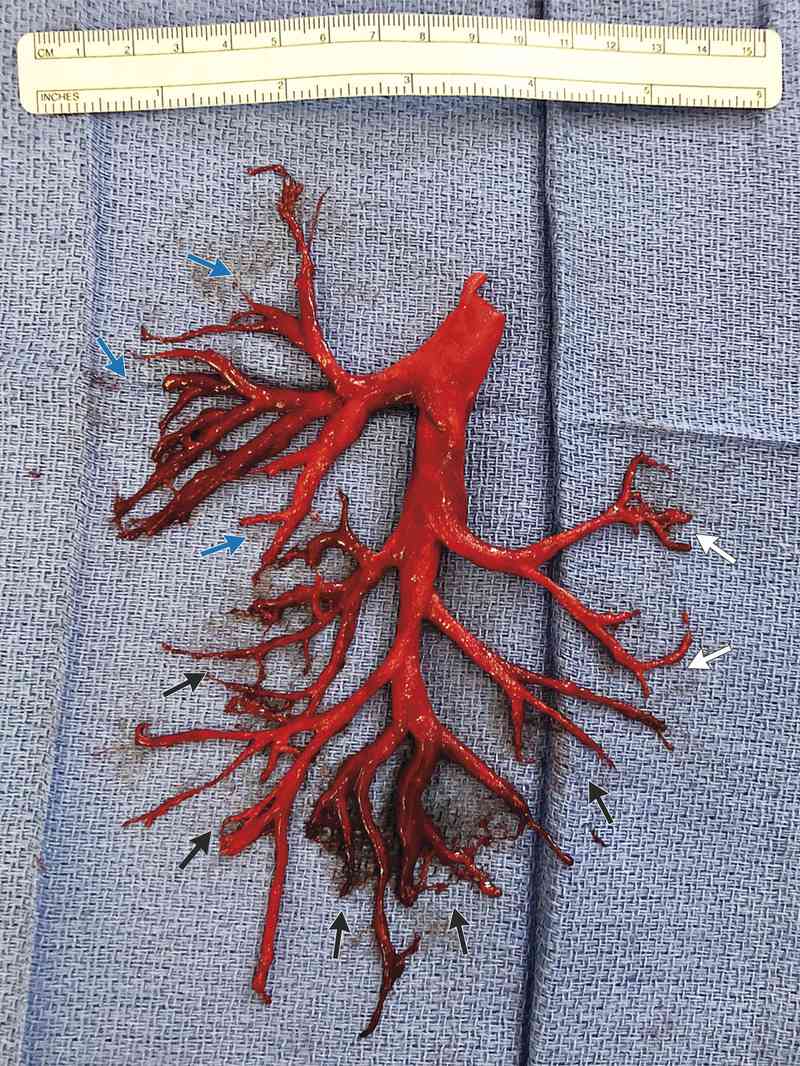 California Man Literally Coughed Up His Lung Before He Died | Health.com
California Man Literally Coughed Up His Lung Before He Died | Health.comMSD Manual Please confirm that it is not located within the Russian Federation OTHER COUNTRIES IN THIS CHAPTER ADDITIONAL CONTENT Try your knowledge More content To cough the blood By , MD, MHS, Johns Hopkins University Tosar blood from the respiratory tract is called hemoptissis. The amount of blood produced may vary from a few blood stains mixed with normal sputum to large amounts of pure blood. Other symptoms, such as fever and shortness of breath, may be present, depending on the cause of hemoptisi. Causes Although hemoptisis can be terrifying, most causes result not to be serious. Blood-stressed sputum is common in many minor respiratory diseases, such as upper respiratory infections (URIs) and viral bronchitis. Sometimes the cause is the blood of the nose that has traveled through the throat and then is toast. Such blood is not considered hemoptissis. Common Causes Infection is the most common cause (see table ). In adults, between 70 and 90% of cases are caused, which is an abnormal and irreversible increase in part of respiratory tubes or respiratory tracts (called bronchus)In children, common causes are an infection of the lower respiratory tract An Inhaled Foreign Object (Aspired) Common causes that begin in the lungs are an important cause in smokers over 40 years of age. However, cancer that has spread to the lungs from other parts of the body rarely causes hemoptissis. Fungal infection with Aspergillus (called ) is increasingly recognized as a cause, but it is not as common as cancer. it is a possible cause. Other causes include a blood clot in an artery in a lung () and, less commonly, inflammation of the blood vessels (vasculitis) in the lung, such as or . Massive hemoptisisis is the production of more than one paint (about 600 milliliters) of blood within 24 hours. The most common causes are: Some pneumonia, including risk factors Some conditions increase the risk of hemoptisi being caused by a severe disorder: (for Kaposi sarcoma, tuberculosis and fungal infections) Use of medicines that suppress the immune system called immunosuppressants (for tuberculosis and fungal infections) Exposure to TB A long history of smoking (for cancer)Recent bed or surgery, cancer, previous occurrence or a family history of coagulation, pregnancy, use of medicines that contain estrogen and recent long distance travel (for ) Evaluation The following information can help people decide whether a doctor's evaluation is needed and help them know what to expect during the evaluation. Warning Signs In people with hemoptissis, the following symptoms are of particular concern: Large amounts of blood coughing Breathing Signs of significant blood loss (weakness, dizziness when rising, thirst, sweating, and fast heart rate) Weakness or fatigue Having a tracheostomy When to see a doctorPeople with warning signs should go to the hospital immediately. People without warning signs who have risk factors for serious disorders and those who have more than sputum stressed by the blood should see a doctor in one day or two. If people have sputum stressed by the blood (which is usually caused by a higher respiratory infection), the evaluation of a doctor is not so urgent. People can call a doctor, who can decide whether and how fast they need to be seen based on their symptoms, medical history, and other factors. Typically, a delay of a few days or so is not harmful. What the doctor doesDoctors first ask questions about the symptoms of the person and medical history and then do a physical exam. What doctors find during history and physical examination often suggests a cause and tests that may need to be done (). Doctors ask When the person began to cough blood How long has the cough been?If something specific activates it (such as cold, effort or lying) About how much blood you cough (such as streaks, a teaspoon or a cup) If the person has other symptoms, such as fever, weight loss, chest pain or leg painDoctors determine whether the blood was toasted (and not vomited or dripped at the back of the throat from a nasal bleeding). Doctors ask people about their medical history (if not known) and their risk factors for causes. A history of frequent nasal bleeding, easy bruising or liver disease suggests a possible. Doctors check the drugs that the person is taking to check if there are drugs that inhibit coagulation (anticoagulants). During the physical exam, doctors check vital signs to check fever, fast heart, or respiratory rate, and test a low level of oxygen in the blood. They do a full heart and lung exam, inspect the veins of the neck to detect signs of fullness such as lumping, and check the legs for the puphy. Pubs in a leg may indicate a blood clot (). Puffiness on both legs can indicate . Doctors also examine the abdomen, skin, and mucous membranes. The person is asked to cough during the examination. If any blood is coughed, the doctor observes its color and the amount of blood. Doctors also check the nose and mouth for bleeding sites. The gaps in history and examination help doctors determine the cause. A sensation of postnasal drip or any bleeding from the nose, particularly without cough, can mean that the blood that is coughed has dripped the back of the throat from the nose. Nausea and vomiting of black, brown or brown material usually means that the blood is from the stomach or intestine and is being vomited and not coughed. Sputum Frothy, bright red blood, and, if the amount is massive, a sense of drowning usually means that the blood is from the trachea or the lungs (called true hemoptissis). If cough has just begun and if the person is otherwise in good health and has no risk factors for tuberculosis, fungal infection or pulmonary embolism, the cause is usually an acute respiratory infection, such as bronchitis. If the blood cough is caused by a heart or lung disorder, the person has almost always been diagnosed with that heart or lung disorder. That is, coughing the blood is usually not the first symptom of a heart or lung disorder. Some causes and characteristics of hemoptissis Cause Common characteristics* Tests† A Use of anticoagulants (as used to treat pulmonary embolism, blood clots on the legs, or atrial fibrillation, or to reduce the risk of clots after certain heart procedures) Use of medications that dissolve clots (trombolytic drugs, as used to treat a heart attack or stroke) Sometimes bleeding from other sites, such as the nose or the digestive tract (see in feces) In people who take anticoagulants or thrombolytic drugs Sometimes a family history of a blood clotting disorder Blood tests that evaluate the blood clot capacity Chronic cough and mucus production in people with a history of recurrent infections High-resolution CT breast Sometimes bronchoscopy Bronchitis Acute: A cough that may or may not produce sputum (productive or unproductive) and sometimes symptoms of a higher respiratory infection (such as a full nose) Chronicle: A productive cough in most days of the month or for 3 months of the year for 2 successive years in smokers or in people known to have chronic obstructive pulmonary disease Acute: medical examination Chronicle: A chest X-ray Certain long-term lung infections (fungic infections, parasitic infections, or syphilis that affect the lungs) Fever, cough, night sweating and weight loss in people known for being exposed to infection Often a history of a weakened immune system (immunopression) due to a disorder or drug A chest X-ray CT of the chest Tests of sputum samples or samples of fluid from the lungs obtained with a A foreign object that has been present for a long time and has not been identified A chronic cough (typically in infants or young children) without symptoms of a higher respiratory infection Sometimes a fever A chest X-ray Sometimes bronchoscopy Frothy, pink sputum, sometimes with blood stains Lack of breath that gets worse while lying flat or appearing 1–2 hours after sleeping Sounds suggesting fluid in the lungs, heard through a stethoscope Generally swelling (edema) of the legs A chest X-ray Sometimes a blood test to measure a substance that occurs when the heart is tense (called cerebral natriuretic peptide, or BNP) Sometimes echocardiography Fever, usually for one or more weeks A cough, night sweats, loss of appetite and weight loss A chest X-ray Sometimes tomography or bronchoscopy Night sweats and weight loss Usually in middle-aged or older people with a history of heavy smoking A chest X-ray CT Bronchoscopia Fever, sensation of disease, productive cough and lack of breath Sudden appearance of chest pain by breathing deeply Certain abnormal respiratory sounds, ears through a stethoscope A chest X-ray (Sudden block of an artery in a lung, usually by a blood clot) Sudden appearance of acute chest pain that usually gets worse when inhaling Shortness of breath Quick heart rate and rapid respiratory rate Often, risk factors for pulmonary embolism, such as cancer, immobility (as a result of being in bed), blood clots on the legs, pregnancy, use of oral birth control pills or other medicines that contain estrogen, recent surgery, or hospitalization, or family history of disorder Specialized lung imaging tests, such as CT angiography or ventilation/perfusion (V/Q) Pulmonary vasculitis (such as o) Fatigue and weight loss Sometimes blood in the urine Sometimes lack of breath Sometimes swelling (edema) of the legs A renal or lung tissue biopsy Blood tests to check whether there are antibodies characteristic of the disorder (antibodies antibodies antibodies antineeutrophies of basal membrane, cytoplasmic antibodies) ♪ Features include symptoms and results of your doctor's exam. The above features are typical but not always present. † If people have hemoptisis, doctors always take a chest X-ray and measure oxygen levels in the blood with a sensor placed on a finger (pulmonary oximetry). CT = CT scan. Cause Common characteristics* Tests†A Use of anticoagulants (as used to treat pulmonary embolism, blood clots on the legs, or atrial fibrillation, or to reduce the risk of clots after certain heart procedures) Use of medicines that dissolve clots (thrombolytic drugs, such as a heart attack or a stroke)Sometimes bleeding from other sites, such as the nose or the digestive tract (in the feces)In people who take thrombolytic anticoagulationsSometimes a family history of blood clotting Tests of blood Fever, cough, night sweating and weight loss in people known to be exposed to infectionOften a history of a weakened immune system (immunopression) due to a disorder or drugA chest chest chest chest X-rayTesting of sputum samples or fluid samples from the lungs obtained with a foreign object that has been present for a long time and has not been identifiedA chronic tomatosis (Chronic tones) Sometimes a fever A chest X-raySometimes Frothy bronchoscopy, pink sputum, sometimes with blood stains A lack of breath that gets worse while lying flat or appearing 1–2 hours after sleepSounds that suggest fluid in the lungs, heard through a stethoscope Generally swelling (edema) of the legs A chest X-raySometimes a blood-brained substance is made to measure a blood test A coughing, night sweating, loss of appetite and weight loss A chest X-raySometimes CT or bronchoscopy Night sweats and weight loss Usually in middle-aged or older people with a history of heavy smoking A chest x-ray Flow, feeling sick, breathing frequency A renal or lung tissue biopsy Blood tests to check whether there are antibodies characteristic of the disorder (antibodies antineutrophilic antibodies of the basal antineutrophilic membrane)* Features include symptoms and results of your doctor's exam. The above features are typical but not always present.† If people have hemoptisis, doctors always take a chest X-ray and measure oxygen levels in the blood with a sensor placed on a finger (pulmonary oximetry). CT = CT scan. Tests If hemoptissis is severe, persistent or inexplicable, tests are needed. If people have coughed massive amounts of blood, it is treated and their condition stabilizes before the test is done. A is normally taken. If chest X-ray is abnormal or if the person has symptoms or risk factors for a particular disorder, CT scans (CTs) and bronchoscopy are performed. In bronchoscopy, a flexible visualization tube is inserted into the trachea and bronchus to identify the bleeding site. From time to time, bronchoscopy is necessary to confirm that the blood is being coughed from the lower airways and not from the nose, stomach, or intestine. If lung embolism seems possible, doctors make TC using a radiopaque contrast to show blood vessels (called ) or scan using a radioactive marker (called a ). Depending on the results of that scan, pulmonary arteryography can be performed. Doctors often look for , especially in smokers over 40 years old (and even younger smokers if they started smoking during adolescence), even if sputum is only stained with blood. In most people, a complete blood count and blood test are performed to evaluate the blood clotting capacity to detect blood clotting problems. Despite the evidence, the cause of hemoptisi is not identified in 30 to 40% of the people. However, when hemoptissis is severe, the cause is usually identified. Treatment Bleeding can produce clots that block the airways and lead to additional breathing problems. Therefore, cough is important to keep the airways clear and should not be suppressed with cough suppressors (anti-tussive drugs). Hemoptissis can be mild and can stop by itself or when the bleeding disorder (such as heart failure or infection) is treated successfully. If a large clot blocks an important airway, doctors may have to remove clot using bronchoscopy. Rarely, hemoptissis is severe or does not stop by itself. If so, it may be necessary to insert a tube through the mouth or nose into the trachea or to get down in the airways to help keep the airways open. If the source of bleeding is an important blood vessel, a doctor may try to close the blood vessel using a procedure called bronchial artery angiography and embolization. Using x-rays to orient, the doctor passes a catheter in the vessel and then injects a chemical, fragments of a jelly sponge, or a wire coil to block the blood vessel and thus stop the bleeding. Sometimes bronchoscopy or surgery may be needed to stop severe or continuous bleeding, or surgery may be needed to remove a diseased or cancerous part of the lung. These high-risk procedures are used only as a last resort. If clotting anomalies contribute to bleeding, a person may need a plasma transfusion, coagulation factors, or platelets. Tranexamic acid, an inhaled medication, can be given to treat hemoptisis that does not solve by itself or with treatment of the underlying disorder. Key points Sputum reinforced by blood is usually caused by a respiratory infection and, if solved, it does not usually cause concern. Infection and inhalation of the lower respiratory tract of a foreign object are the most common causes in children. Doctors should distinguish hemoptisi from bleeding that comes from the mouth, nose, or throat, and from the blood that vomits. Blood reinforced sputum in people who smoke usually requires additional evaluation. People who take massive amounts of blood should be treated and stabilized immediately, before testing can be done. Was this page helpful? Also of interest SOCIAL MEDIA MSD and MSD ManualsMerck and Co., Inc., Kenilworth, NJ, USA (known as MSD outside of the US and Canada) is a global health leader who works to help the world be well. Since the development of new therapies that treat and prevent diseases to help people in need, we are committed to improving health and well-being around the world. The Manual was first published in 1899 as a community service. The legacy of this great resource continues while the Merck Manual in the USA and Canada and the MSD Manual in the rest of the world. Learn more about our commitment to . This site fulfills the information:
Related to lung disease and respiratory hemoptissis (Coughing Up Blood) In this article What is Hemoptysis? Hemoptisis is when you are from your lungs. It can be a sign of a serious medical condition. Infections, , and vaso problems in your can cause it. Unless you have bronchitis, you need to see a doctor if you're coughing blood. Hemoptissis is divided into types based on the amount of blood you cough for 24 hours. But in some cases, it may be difficult to say. Causes of hemoptissis Many things can make you take blood. Common causes include: Continuing Other causes are: In some cases, doctors cannot find a cause, but hemoptisis usually disappear within 6 months. Hemoptysis vs. Similar conditions Your doctor will need to find out if the blood comes from your lungs, which is hemoptisis, or from your upper respiratory tract or the upper digestive tract. This is called pseudohemoptissis. Or you could vomit blood, which is known as hematomesis. ContinueWhen you can see a doctorThe proper bronchitis usually improves on its own without treatment. If you have bronchitis and you see small amounts of blood in the mucus for less than a week, it's okay to observe and wait. To coughing blood can also be a sign of a serious medical condition. Call your doctor if you have any of these symptoms: Diagnosis and Hemoptisi Tests If you are raising blood, your doctor will do one or more of these: Hemoptissis Treatment for hemoptissis depends on the amount of blood you cough and what is causing it. Hemoptissis of life threat or massive hemoptissis Your doctor will transfer you to the hospital intensive care unit (ICU). They may have to see a pulmonologist and a cardiothorax surgeon, doctors specializing in the chest and respiratory tract. Your first treatment may include: When your doctor finds the source of bleeding, they may try to stop it with: In rare cases, you may need surgery. This might involve: When you are out of danger, your doctor will treat what is making you cough. You might get: Continuing If you have very fine blood due to medicines, you may need blood transfusions or others to relieve blood loss. Non-lethal or non-massive hemoptissisThe treatment of the underlying condition is usually concerned with bleeding that is not dangerous. If you have bronchitis, the most common cause of hemoptisis, your doctor may give you antibiotics. They could also recommend cough medicine. If you smoke cigarettes, stop. It's the best thing you can do for hemoptissis and your overall health. Sources:Mason, R. Murray and Nadel's Textbook of Respiratory Medicine, 5th edition, Saunders, 2010. Cahill, B.C. Clinics in Chest Medicine, 1994; vol 15: pp 147-167.Hirshberg, B. Chest, 1997; vol 112: pp 440-444.Adelman, M. Annals of Internal Medicine, 1985; vol 102: pp 829-834.Chang, J.C. Sarcoidosis, 1987; vol 4: pp 49-54. Merck Manual Consumer Version: "Coughing Up Blood."UpToDate: "Ethology and evaluation of hemoptissis in adults", "Airway Foreign Bodies in Adults". Mayo Clinic: "Coughing Up Blood."Cleveland Clinic: "Granulomatosis with Polyangiitis (GPA, formerly called Wegener's)." UpToDate: "Evaluation of hemoptissis that threatens adult life", "Etiology of hemoptisis", "Evaluation and management of hemoptissis that threatens life", "Patient Education: Coughing up blood (The Basics)". American Family Physician: "Hemoptysis: Diagnosis and Management."Henderson, M. The Patient History: An Evidence-Based Approach to Differential Diagnosis, 2nd edition, McGraw-Hill, 2012. Clinical Pulmonary Medicine: "Hemoptysis as an initial presentation in Sarcoidosis: How common is it?: A review. "BMJ Best practice: "Hemoptysis Assessment: Summary."Annals of Thoracic and Cardiovascular Surgery: "Phone resection in the treatment of hemoptissis that threatens life." Pagination Top Picksfurther readingHoy on WebMDSymptoms of 'Walking Pneumonia' You may not even know you have it. Pulmonary EmbolismSigns of this life-threatening complication. Persistent toad? When a cold becomes bronchitis. What is pleasure? Causes behind painful breathing, fluid accumulation. Recommended for You7 warning signs of COPDA Overview of BronchitisCOPD Myths and FactsEvening for COPD's Energy TakingWhat is Pulmonary Fibrosis?4 Causes of EmphysemaWhy am I touching the blood?6 Types of Lung DiseasesTools & Resources Health SolutionsMore WebMD Policy About WebMD Network Our applications for advertisers © 2005 - 2021 WebMD LLC. All rights reserved. DMA does not provide medical advice, diagnosis or treatment.

Hacking Up A Lung Meme - Meme Walls
Man, 36, literally coughed up part of his LUNG after he was hospitalized with heart palpitations | Daily Mail Online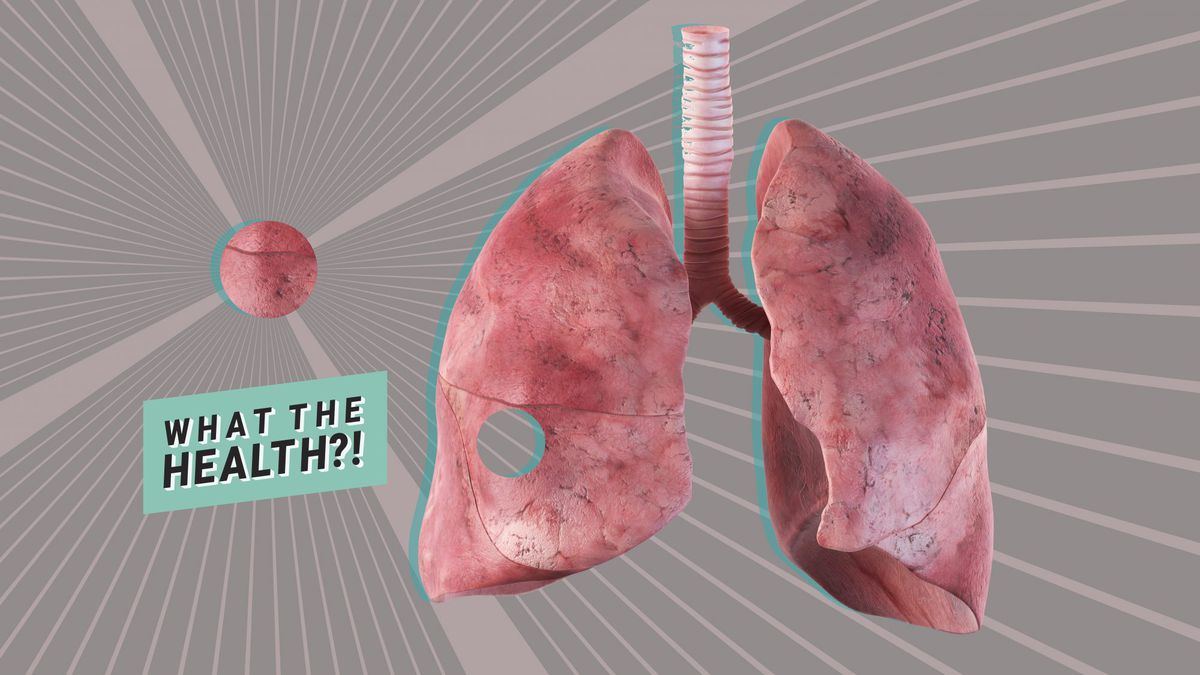
California Man Literally Coughed Up His Lung Before He Died | Health.com/five-techniques-to-clear-mucus-from-the-lungs-914841_color2-5b92d32f46e0fb0025beb49b.png)
How to Treat Increased Mucus in the Lungs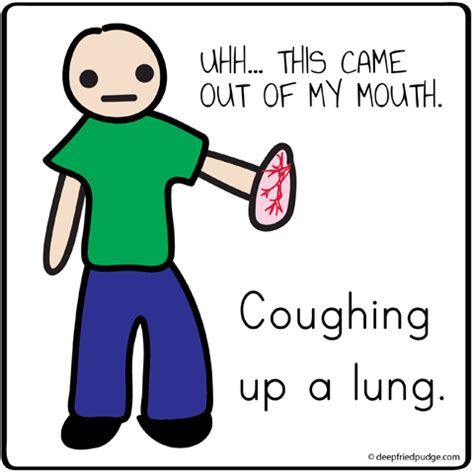
Hacking up a lung Memes
Hacking up a Lung
Can't stop coughing? What the colour of your mucus means… from a virus to lung cancer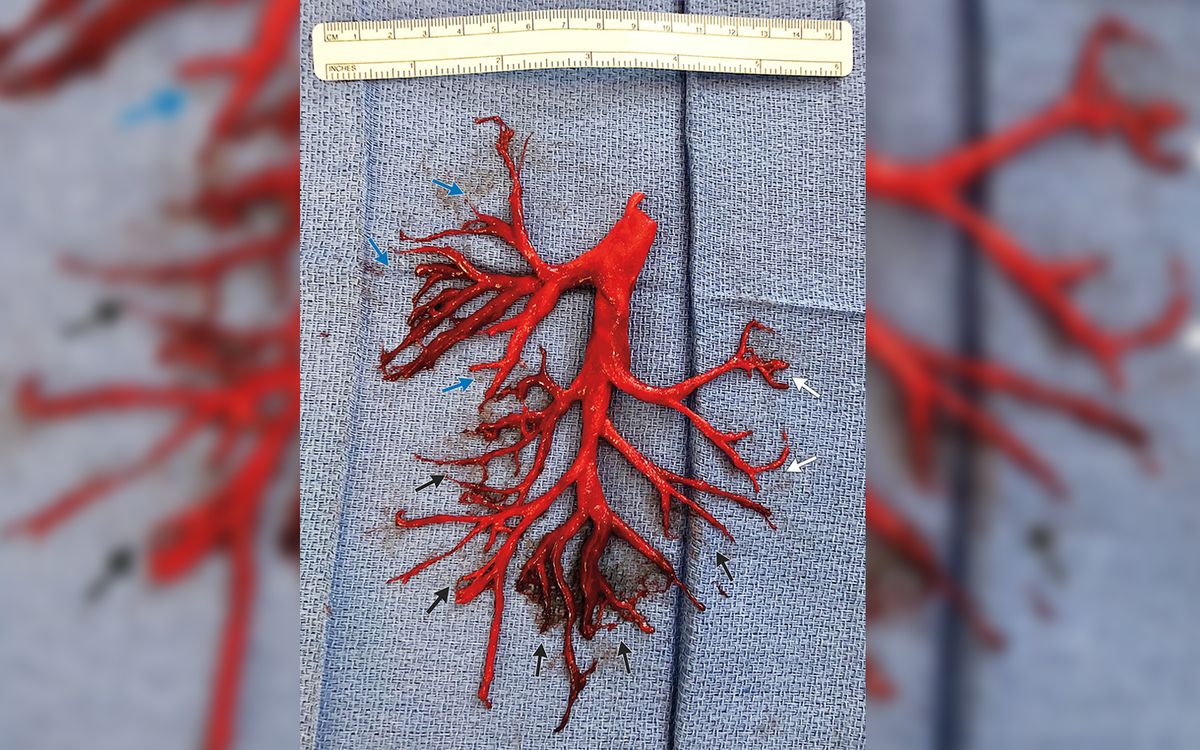
Man Coughs Up a Giant Blood Clot in the Shape of His Lung | Live Science/coughing-and-quitting-smoking-2824761_V2-01-74cc3214c63c46cc81c8f99bc292f1d2.png)
Why Coughing May Occur After You Quit Smoking
Cough Lung Stock Vector (Royalty Free) 254585365/what-is-sputum-22491921-43f5d3e90e9e4eec9613c4a8ca209120.png)
Sputum Colors, Tests, and Conditions
Dealing with a lung infection and coughed up a bronchial cast - a mucosal plug that retained the shape of the bronchioles it came out of : medizzy
Dry, wet, barking, hacking: A guide to coughs in the time of coronavirus
I am amazed that I can still breathe after having hacked up both lungs. | Get Well Ecard/coughing-up-blood-possible-causes-2249394_final_CORRECTED-d935f4f656654c33a3371f83d0c7248c.png)
When Is Coughing up Blood an Emergency?
cough: Do you have a stubborn cough that isn't going? It may be 'seasonal' bronchitis - The Economic Times
The woman who coughed out her lung: 40-year-old's violent hacking caused hernia to burst through her rib cage | Daily Mail Online
Hacking Up A Lung Meme - Meme Walls
If everyone could stop hacking up a lung at the office - That would be great guys | Meme Generator
Hacking up a Lung — Ingeborg von Agassiz
Coughing Up Blood: Causes and Signs of an Emergency
April 2018 - Hemoptysis - Hacking Up A Lung | Urgent Care RAP
Excuse me, is that you hacking up a lung? | Erin's Essentials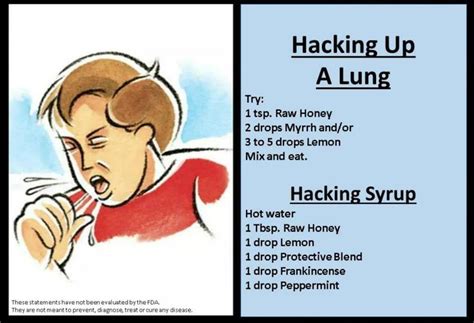
Hacking up a lung Memes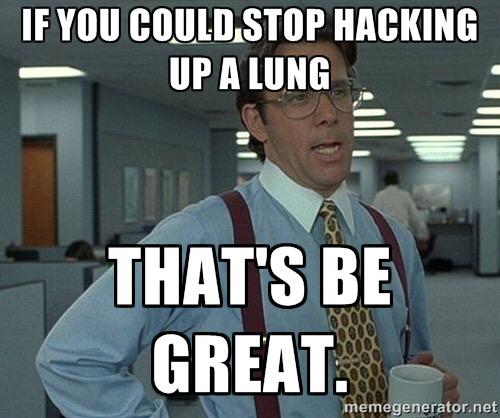
Abby Johnson (wife/mama) on Twitter: "People hacking up a lung next to you = lovely."
April 2018 - What Would I Do Next? | Headache & Eye Pain - Hacking Up A Lung | Urgent Care RAP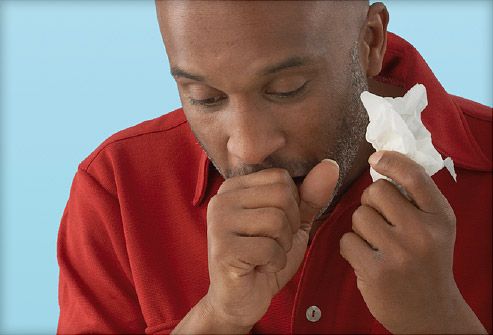
What to Do When a Cold Becomes Bronchitis
Hacking up a lung Memes
Hacking Up A Lung GIFs - Get the best GIF on GIPHY
Hacking Up A Lung Meme - Meme Walls/persistent-cough-causes-evaluation-2249305_final-8d9257f815d84b888b14117aefac0974.png)
Possible Causes and Evaluation of a Persistent Cough
All About That Mucus: How it keeps us healthy - Science in the News
9 Best Vitamins for Lungs and Breathing (2021 Supplement Reviews)
You're hacking up a lung!
Coughing Up Phlegm: What The Color Of Your Sputum Says About Your Health
Effects of Lung Cancer on the Body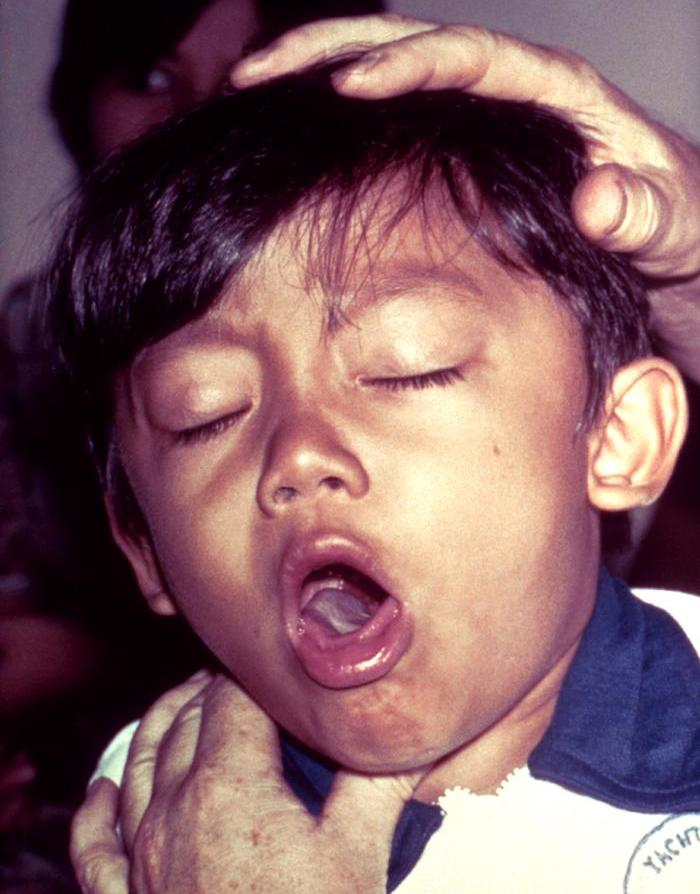
Cough - Wikipedia
Even Once-a-Week Pot Smokers Have More Cough, Phlegm
Dafuq is that?!? That's just Keri hacking up a lung - Koala can't believe it | Meme Generator:max_bytes(150000):strip_icc()/smokers-cough-symptoms-and-causes-2248937_color2-5b92d40e4cedfd0025fc038e.png)
Smoker's Cough: Signs, Symptoms, and Treatment
 California Man Literally Coughed Up His Lung Before He Died | Health.com
California Man Literally Coughed Up His Lung Before He Died | Health.com


/five-techniques-to-clear-mucus-from-the-lungs-914841_color2-5b92d32f46e0fb0025beb49b.png)




/coughing-and-quitting-smoking-2824761_V2-01-74cc3214c63c46cc81c8f99bc292f1d2.png)

/what-is-sputum-22491921-43f5d3e90e9e4eec9613c4a8ca209120.png)



/coughing-up-blood-possible-causes-2249394_final_CORRECTED-d935f4f656654c33a3371f83d0c7248c.png)














/persistent-cough-causes-evaluation-2249305_final-8d9257f815d84b888b14117aefac0974.png)







:max_bytes(150000):strip_icc()/smokers-cough-symptoms-and-causes-2248937_color2-5b92d40e4cedfd0025fc038e.png)
Posting Komentar untuk "hacking up a lung"